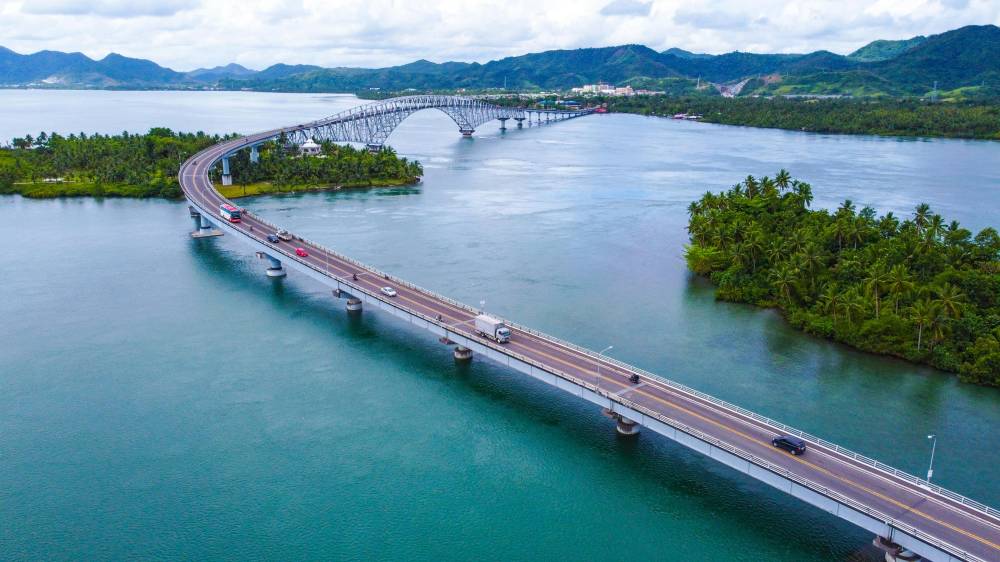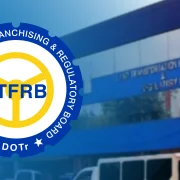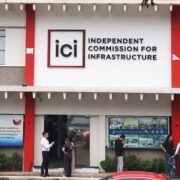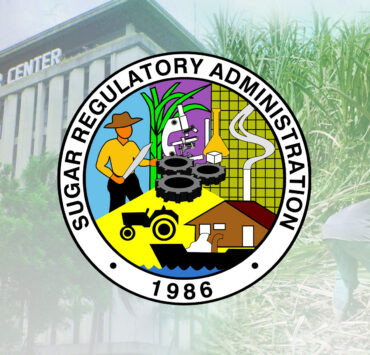San Juanico Bridge load limit may cause P600-M losses, tourism slump

TACLOBAN CITY—The restrictions on vehicle movement at the San Juanico Bridge are expected to have a negative impact on Eastern Visayas’ tourism industry and its economy, with losses projected to reach at least P600 million in a year’s time.
Concerned agencies and business groups in the region have urged the national government, through the Department of Public Works and Highways (DPWH), to expedite the repair work on the iconic bridge that connects the islands of Leyte and Samar.
In a position paper, the Department of Tourism-Eastern Visayas (DOT-8), headed by Karina Rosa Tiopes, said the limited access to the bridge would likely lead to a decline in tourist arrivals.
“The sudden imposition of a strict three-ton weight limit on the San Juanico Bridge will likely have a significant and multifaceted impact on the tourism industry of Eastern Visayas,” said the DOT-8 in a statement on May 16, after the restriction was announced by the DPWH.
The DPWH-Eastern Visayas said the 2.16-kilometer San Juanico Bridge (between Tacloban City in Leyte and Sta. Rita in Samar) urgently needs repair due to structural defects in all 42 of its spans.
The repair of the bridge is estimated to cost P900 million and is expected to take two years to complete.
The 52-year-old bridge, which opened in 1973 during the administration of the late President Ferdinand Marcos Sr. as a gift to his wife Imelda Romualdez Marcos, who hails from Leyte, remains one of the region’s top tourist destinations.
“The most immediate effect is on the movement of tourists and tourism-related services. Buses and larger vans, commonly used for group tours, often exceed this weight limit and will be prohibited from using the bridge,” DOT-8 said.
Business impact
Alternative routes, DOT-8 said, would now be longer, costlier, and more time-consuming for travelers going to tourist destinations in Region 8, composed of Leyte, Southern Leyte, Samar, Eastern Samar, Northern Samar and Biliran.
Wilson Uy, regional president of the Philippine Chinese Chamber of Commerce and Industry, said the business sector was also expected to bear the brunt of the restriction, with losses projected to reach at least P600 million.
“The projected economic losses will be between P10 million and P20 million a day in delayed cargo value, fuel wastage, business downtime, and tourism losses,” Uy said in an interview Friday.
Both the DOT and the business group called on the DPWH to speed up the repair works and to provide more roll-on, roll-off (RoRo) vessels, including offering discounted fares for tourists.
Last year, more than 1.6 million tourists visited Eastern Visayas, generating over P39.33 billion in revenues for the regional economy.
In the first quarter of this year alone, over 300,000 tourists visited the region, crisscrossing Leyte and Samar Islands, with total receipts amounting to more than P1.77 billion.
To address the immediate effects of the restriction, barges will be used to carry vehicles beyond the allowed weight limit.
The Maritime Industry Authority has pledged to fasttrack permits for shipping companies applying to RoRo vessels for cargo trucks that used to cross San Juanico Bridge.
Blue alert
The barge operation at the Amandayehan port in Basey town, Samar is expected to start once shipping companies like the Santa Clara Shipping Company that have applied for the Basey-Tacloban route will be approved by the Maritime Industry Authority. No rate had been set yet.
Since May 16, the Regional Disaster Risk Reduction and Management Council has placed the region under blue alert status due to the bridge’s traffic restriction.
This means that 50 percent of government agencies that are part of the council are on standby to assist affected passengers, ensure smooth traffic flow, and facilitate the movement of goods and services, said Reyan Arinto, regional head of the Philippine Information Agency, which has been tasked to disseminate information regarding the matter.
“The blue alert status will remain in effect until lifted,” he said.
Arinto also assured the public that government agencies are working to mitigate the impact of the restriction, including close monitoring of prices of basic commodities, fuel, and liquefied petroleum gas.

















